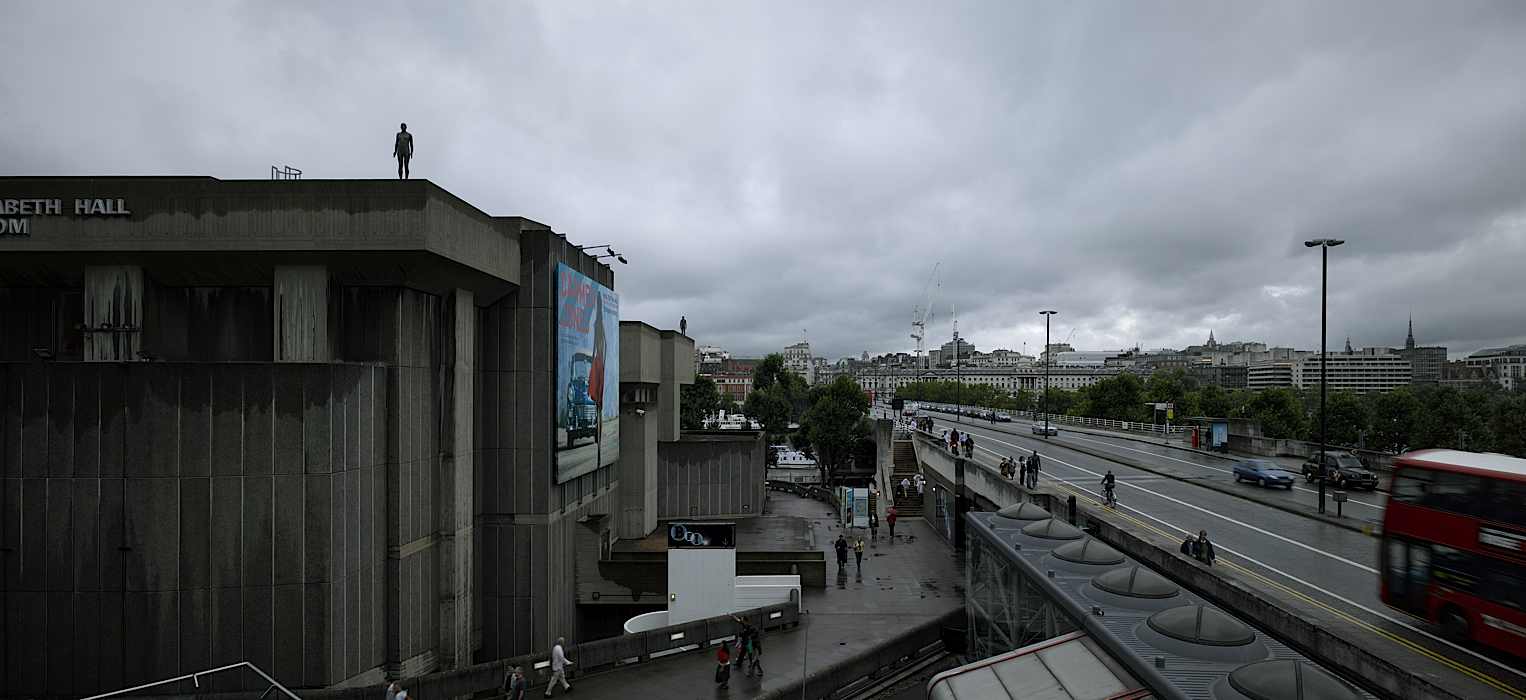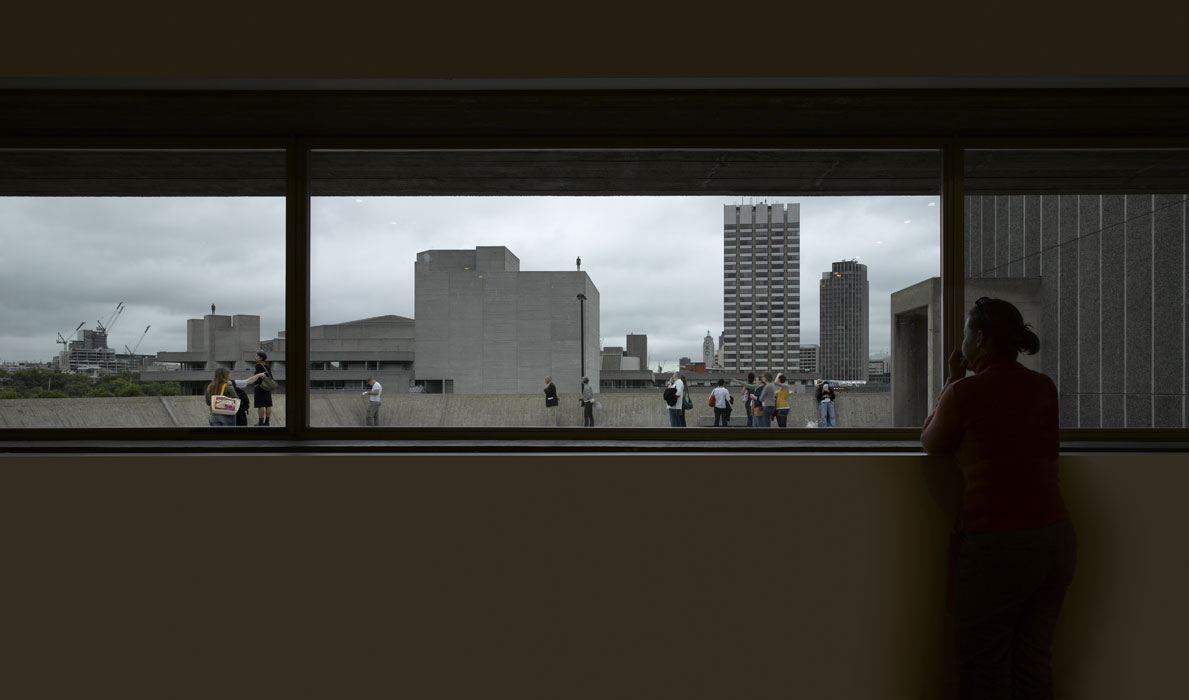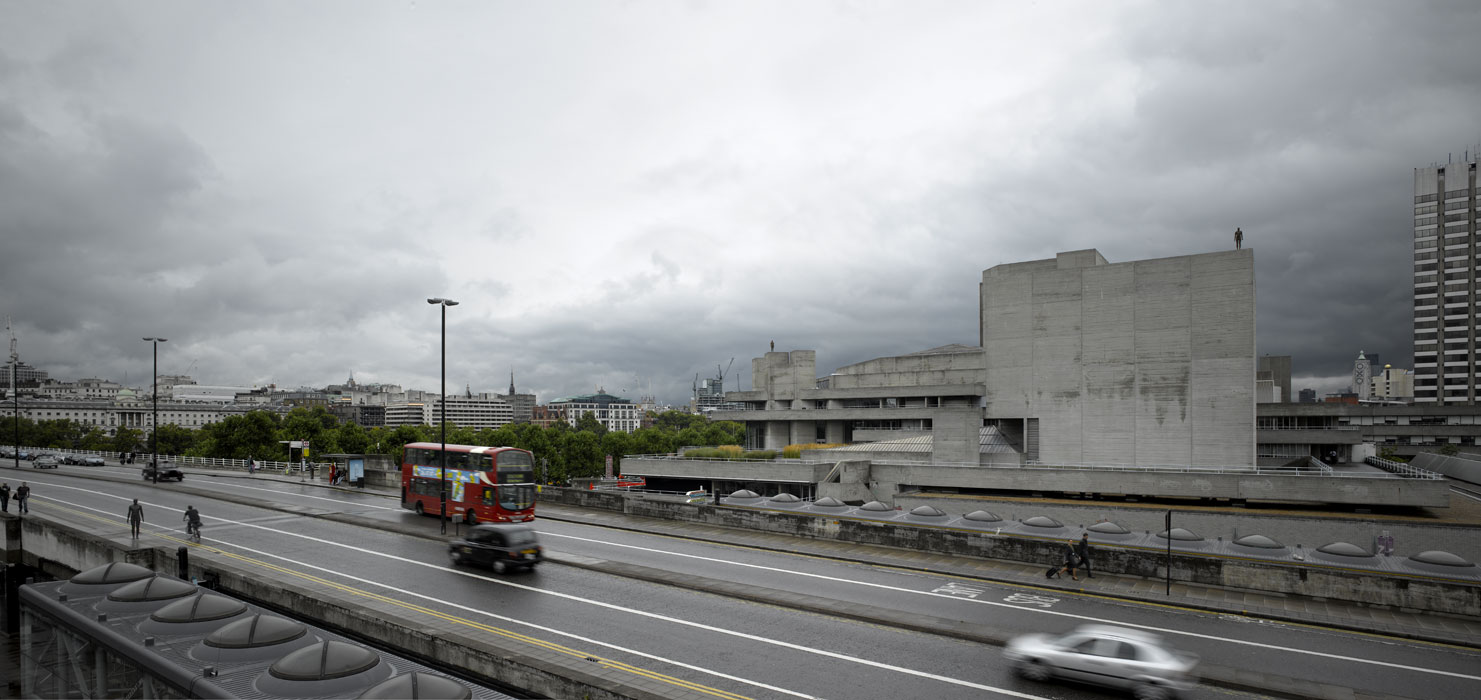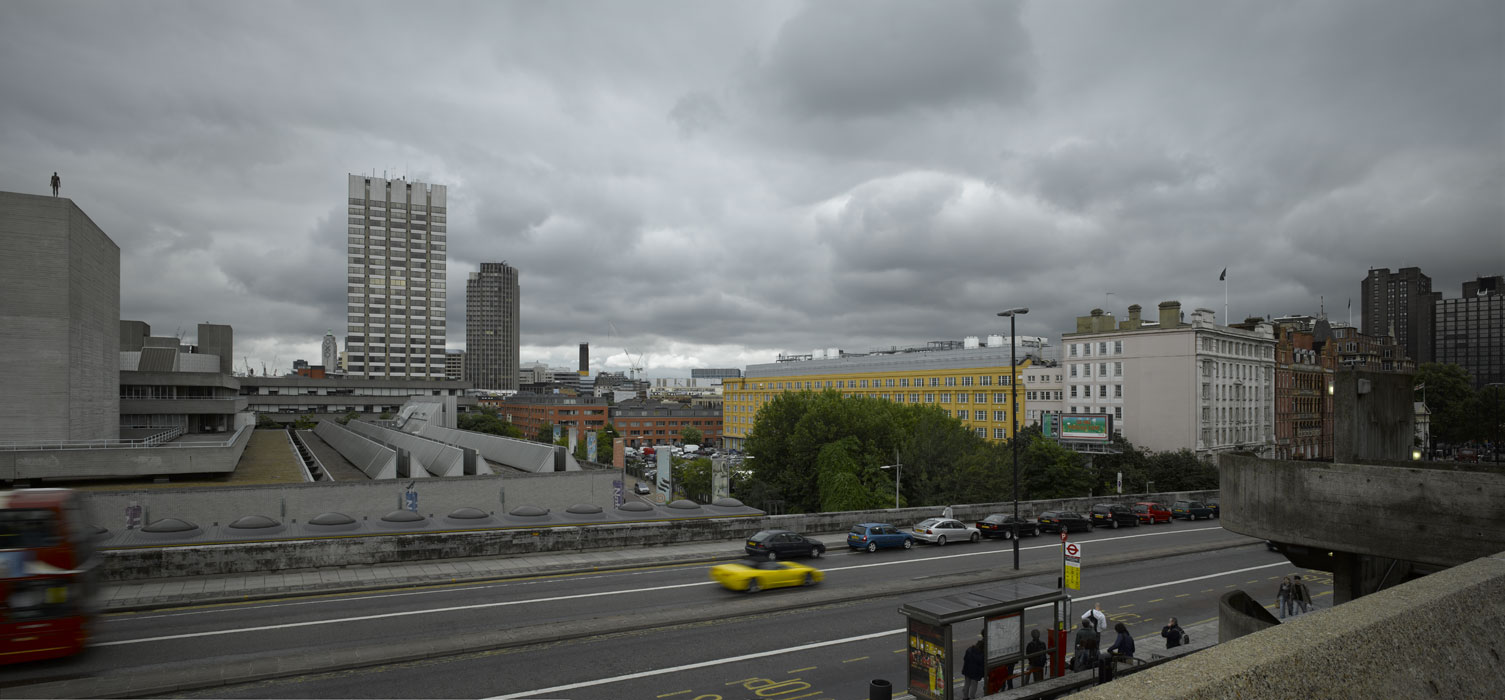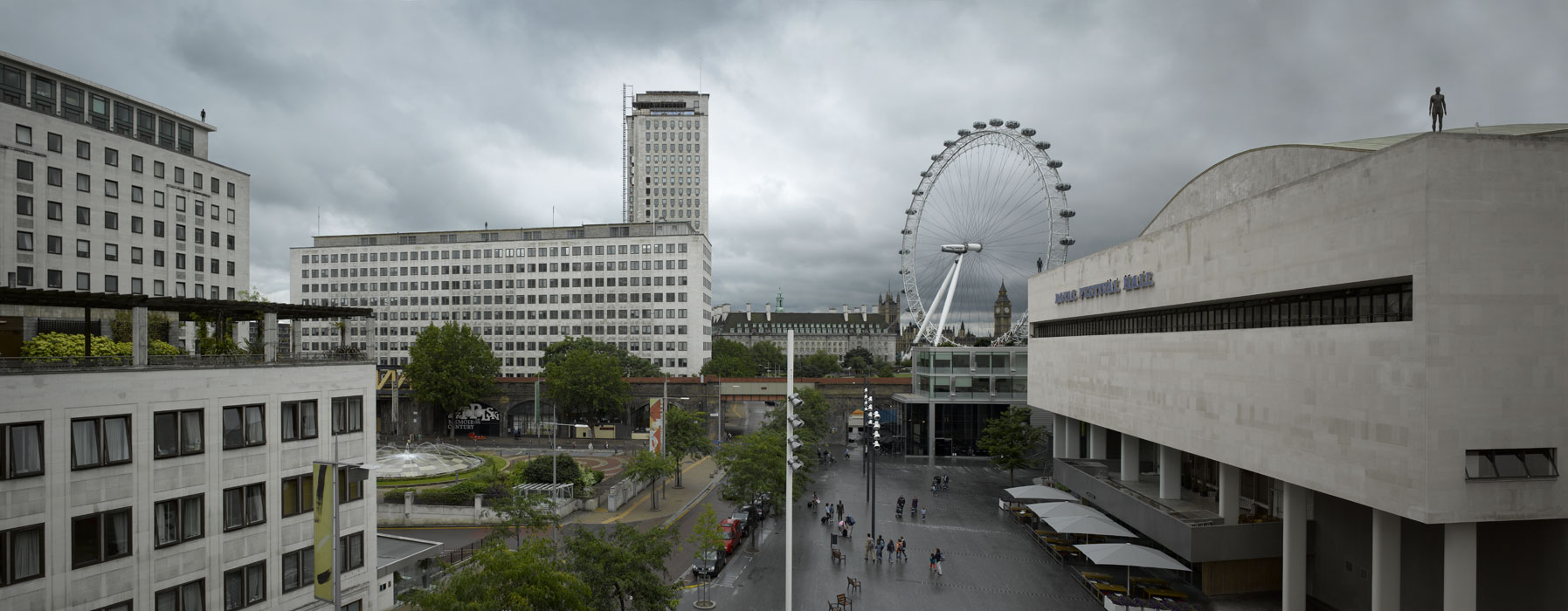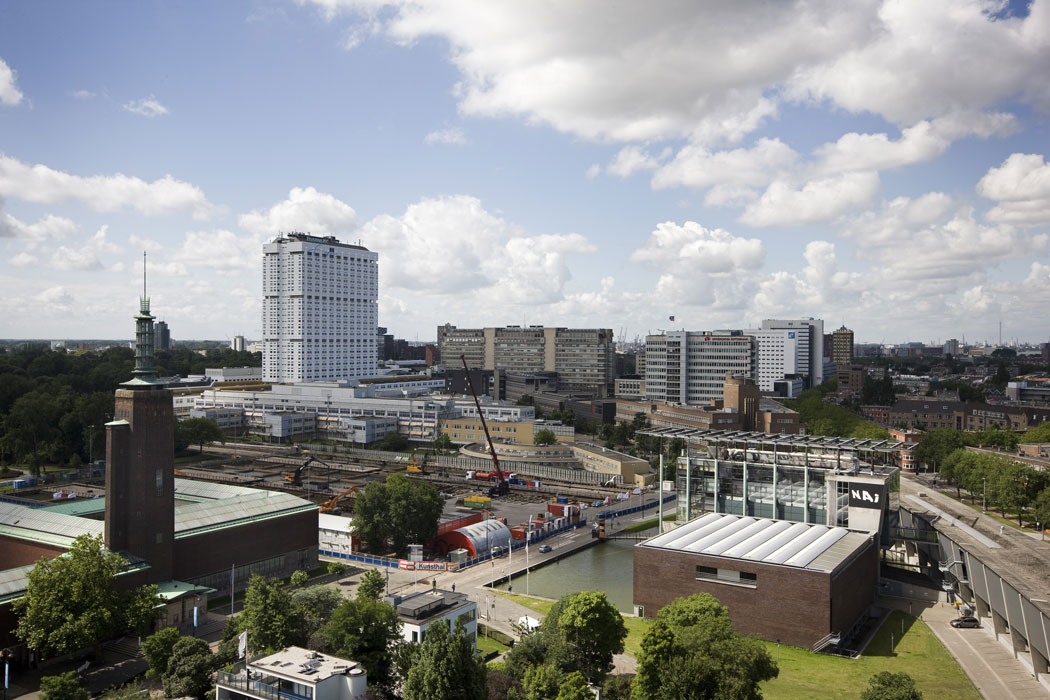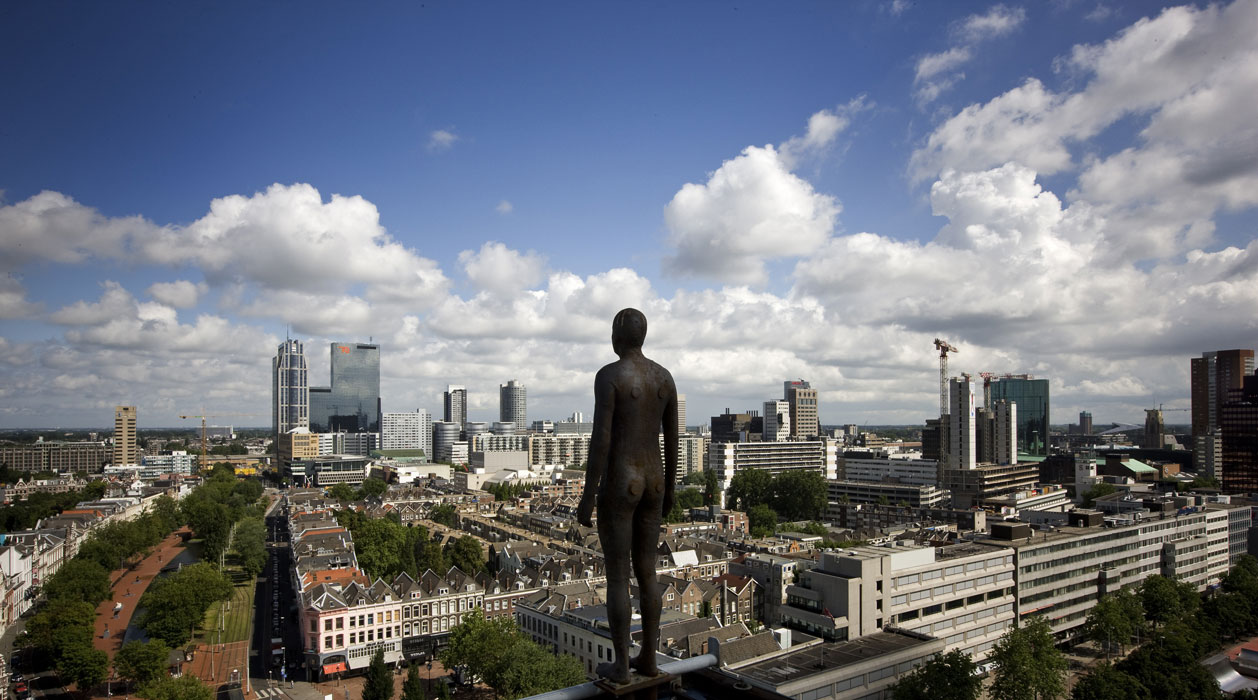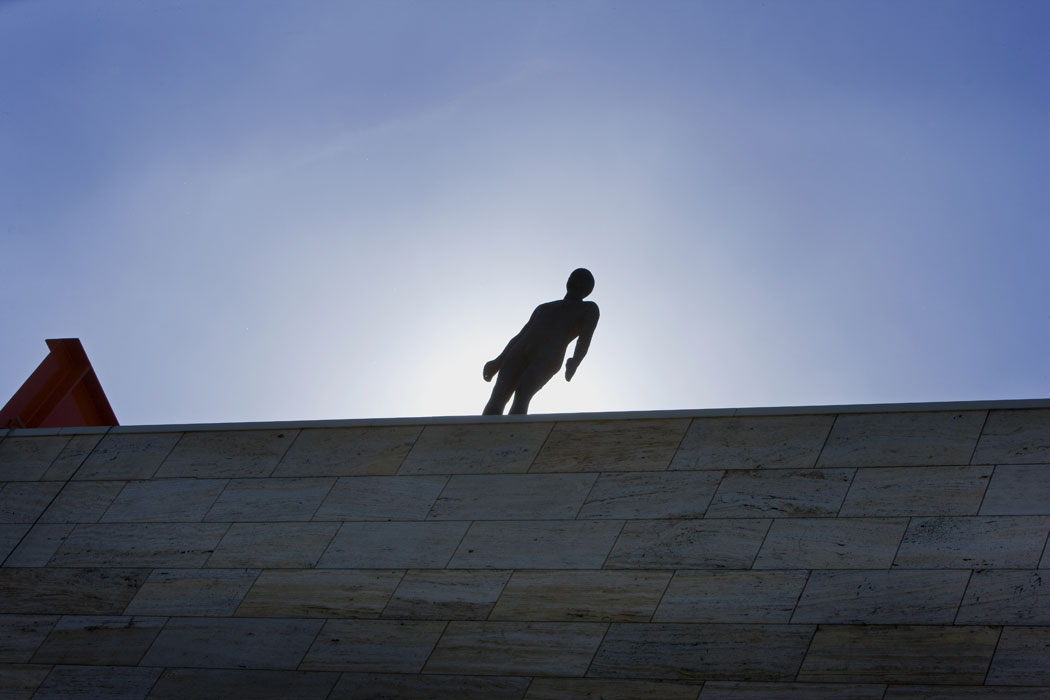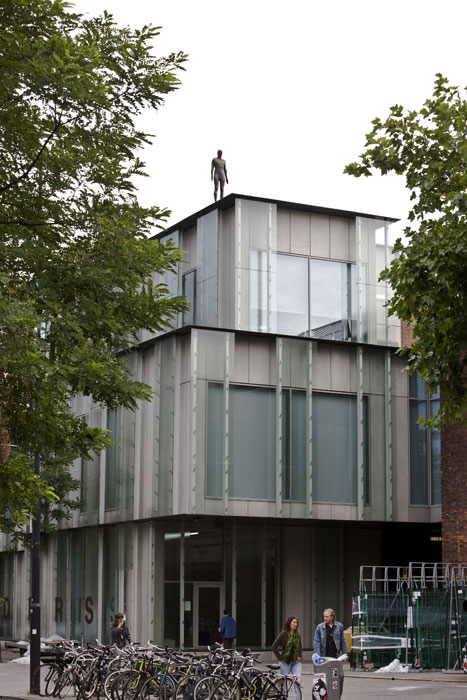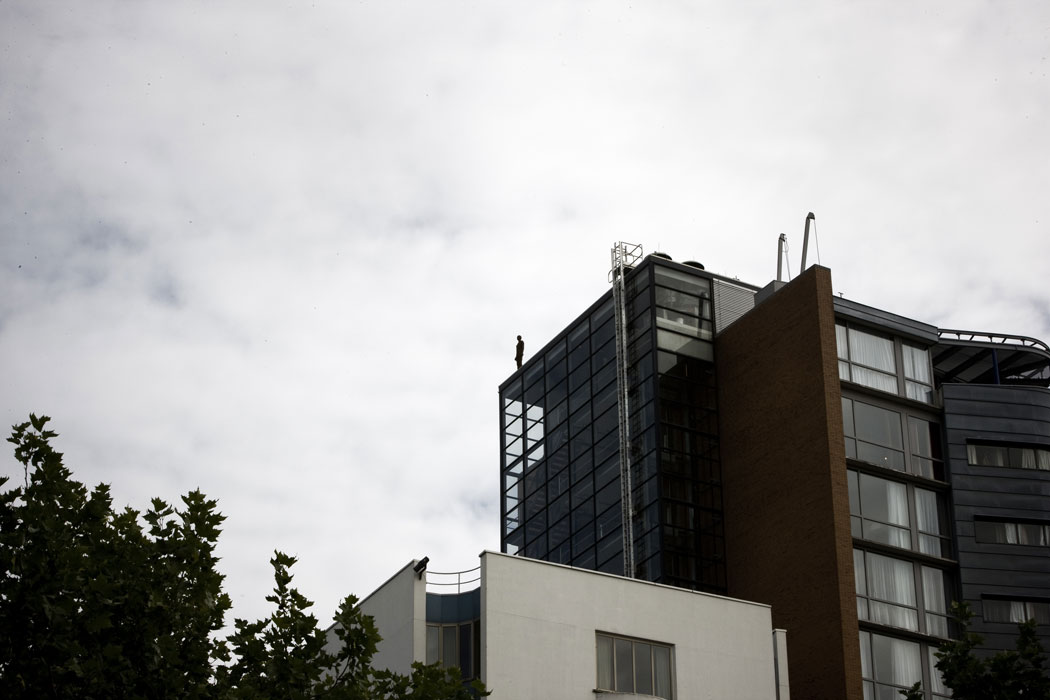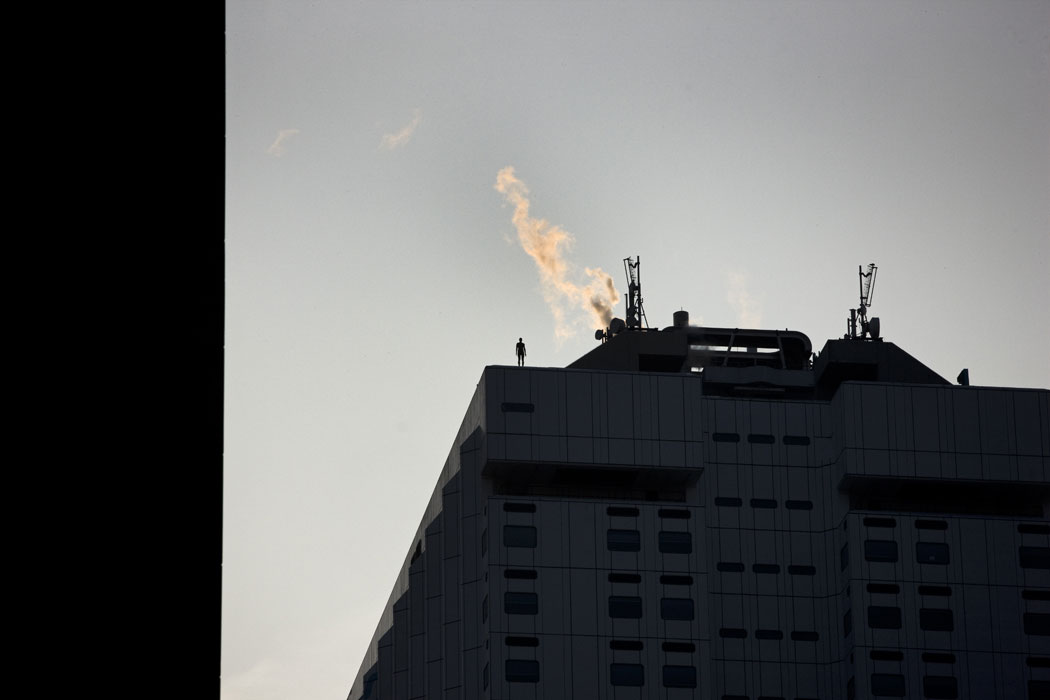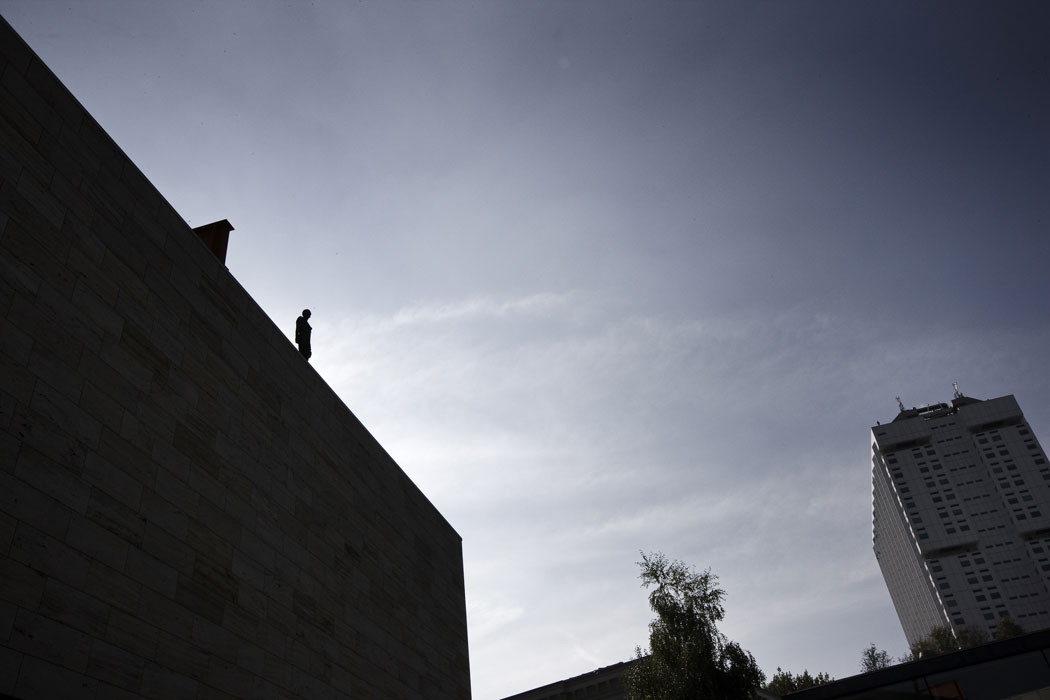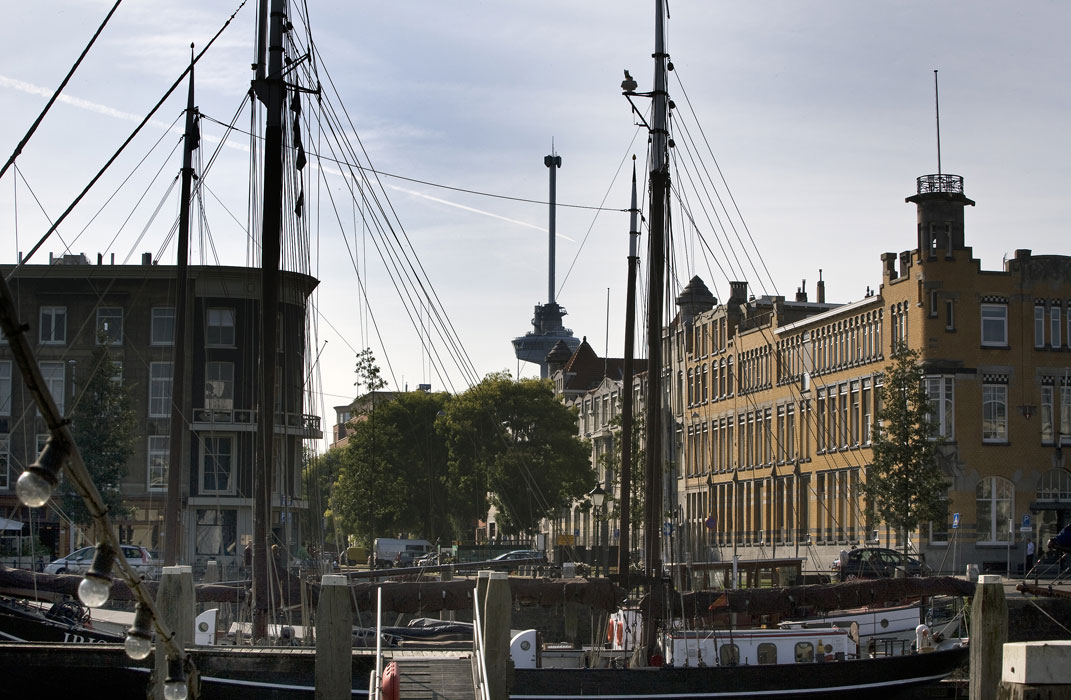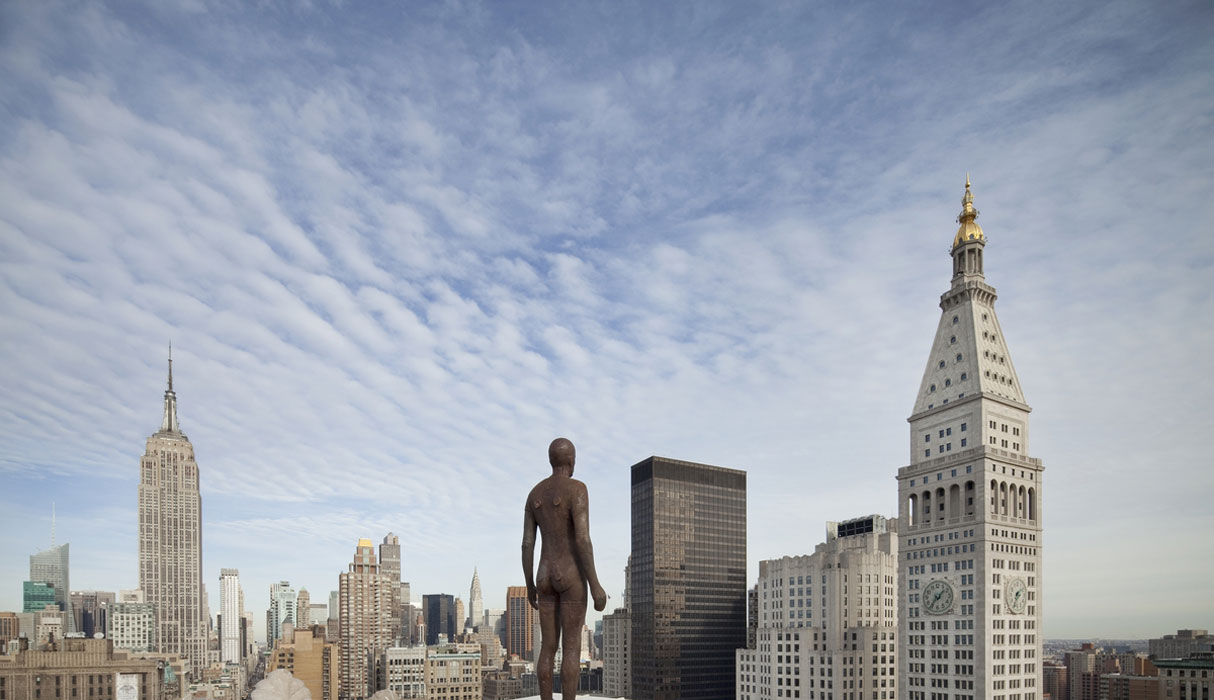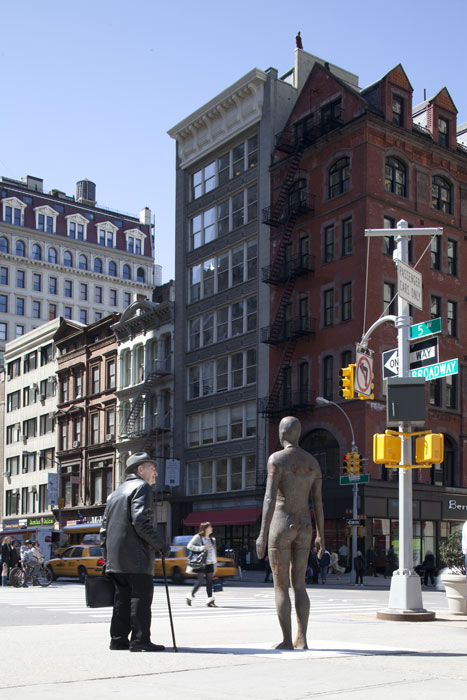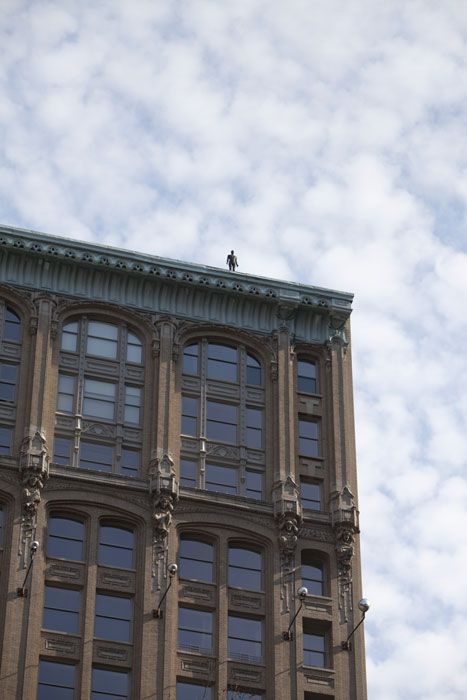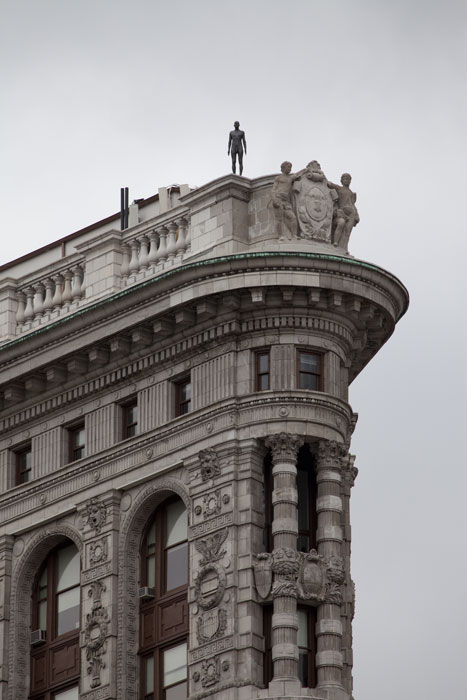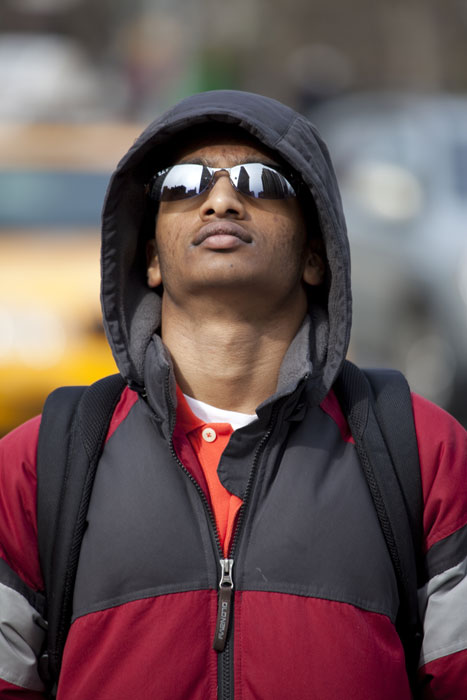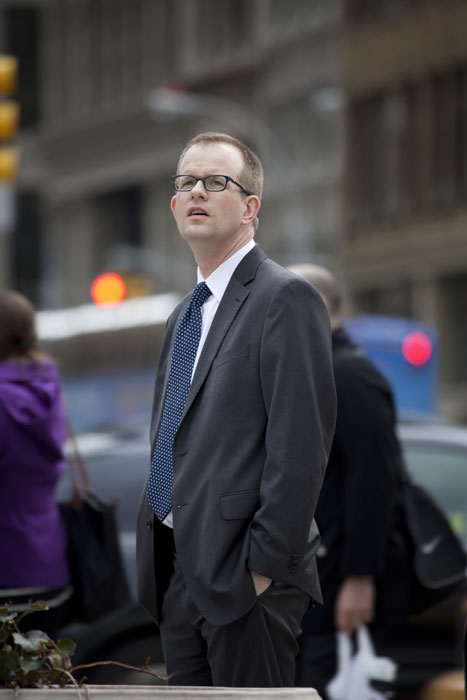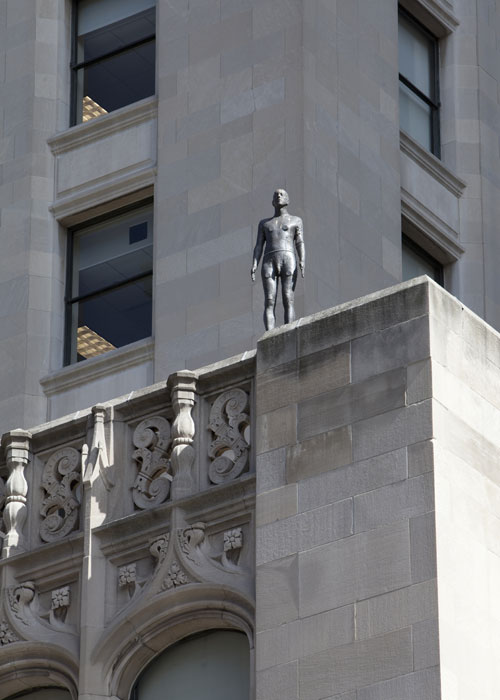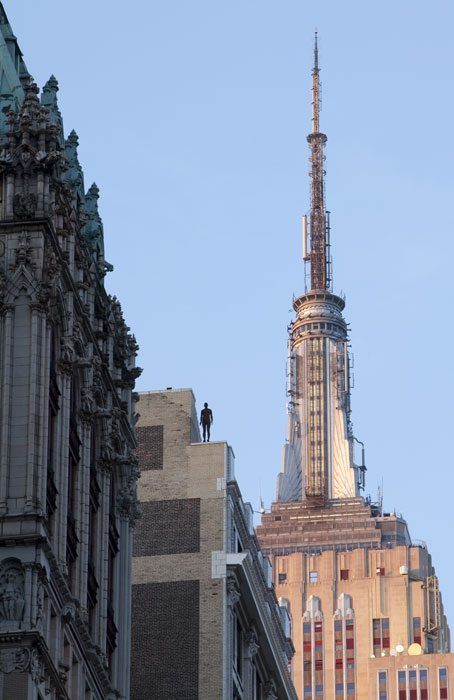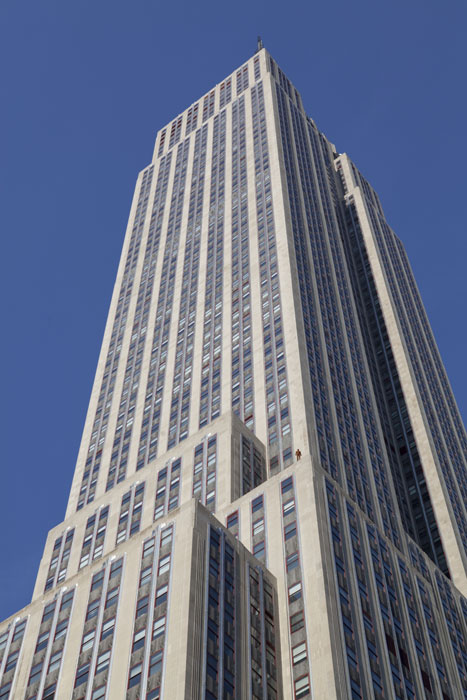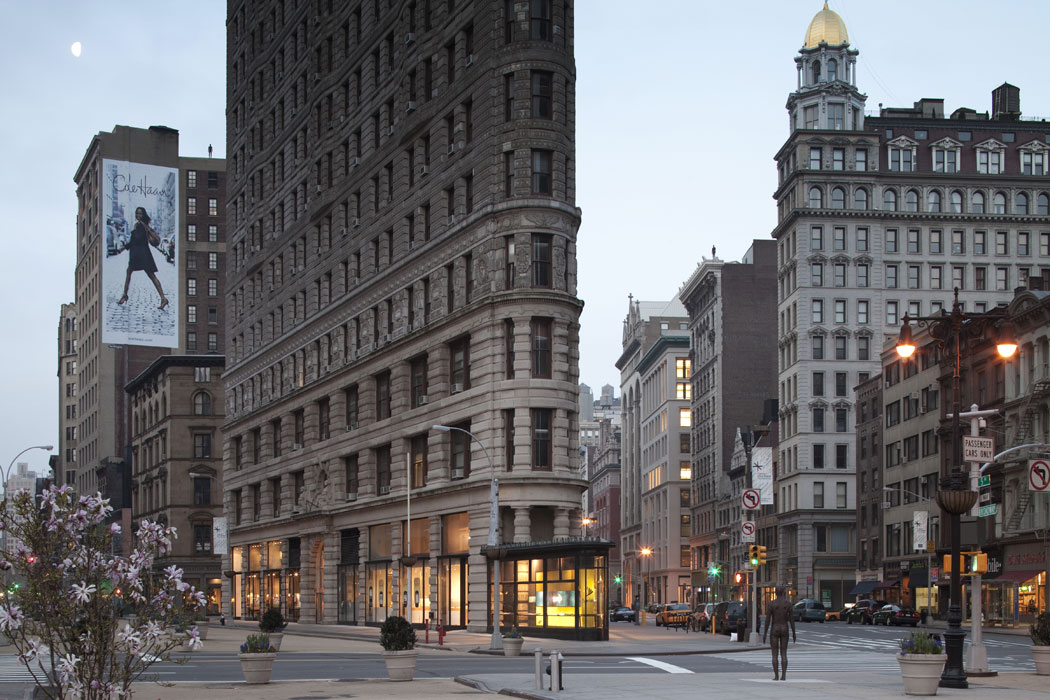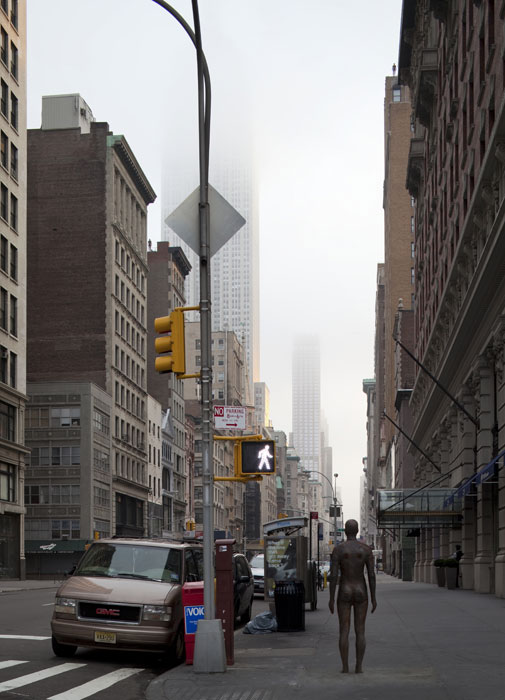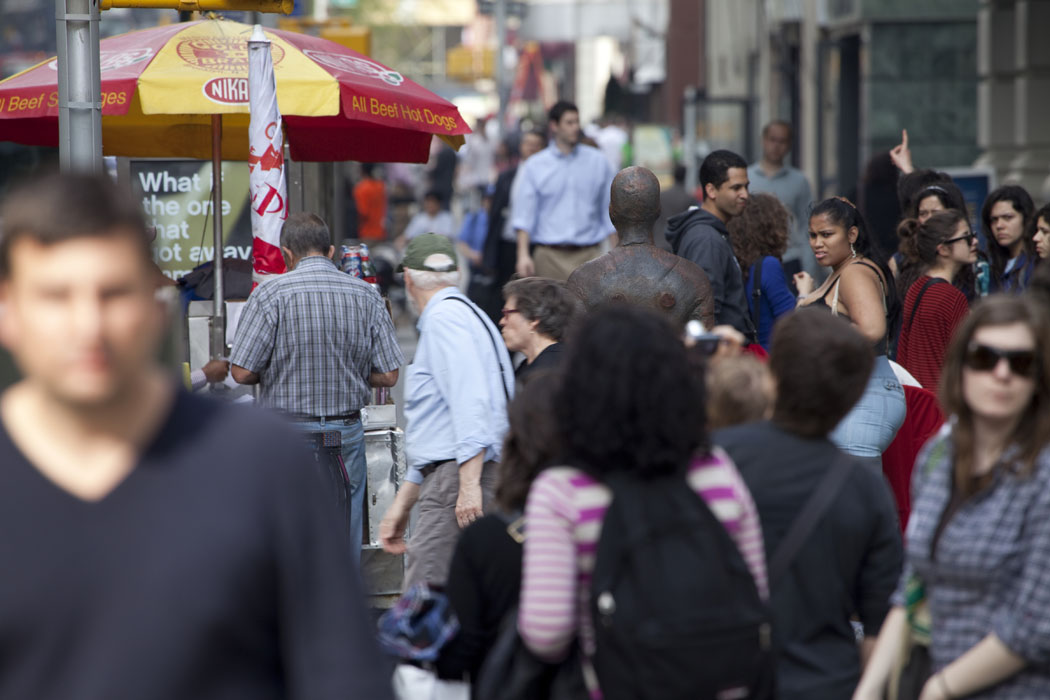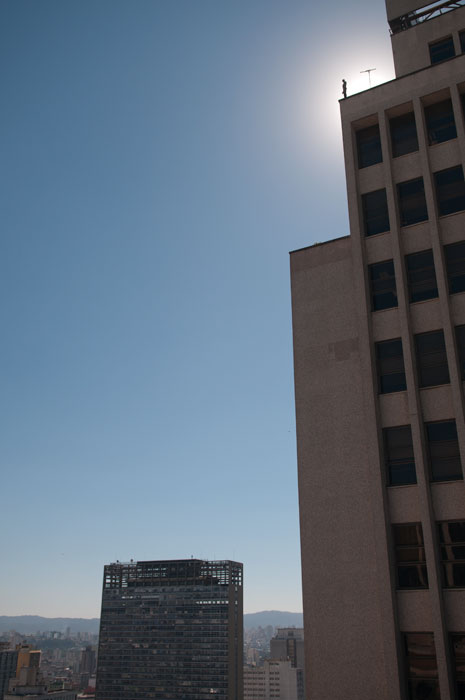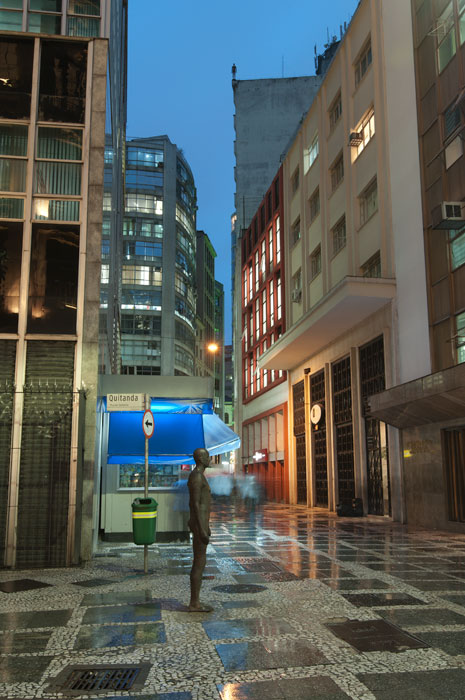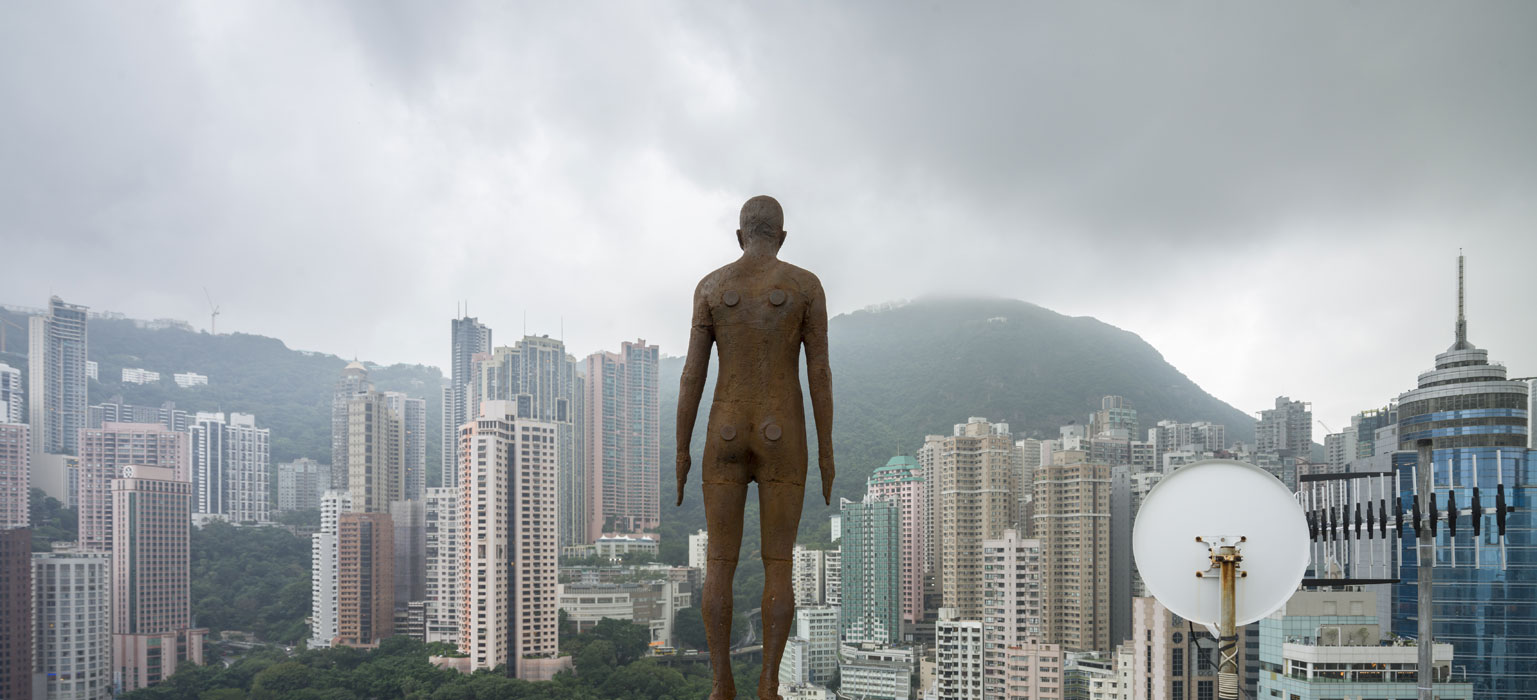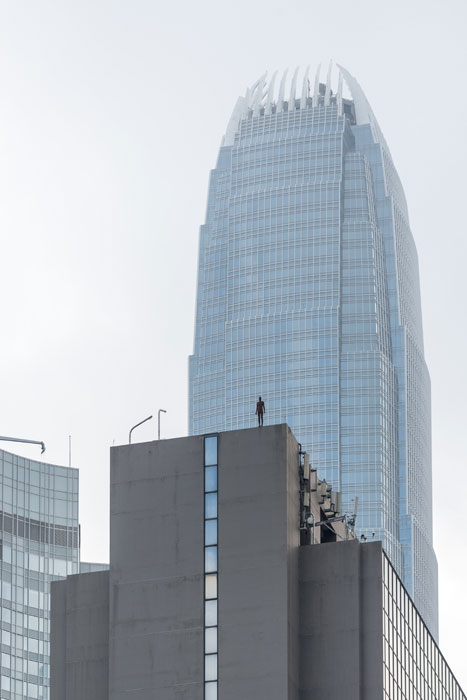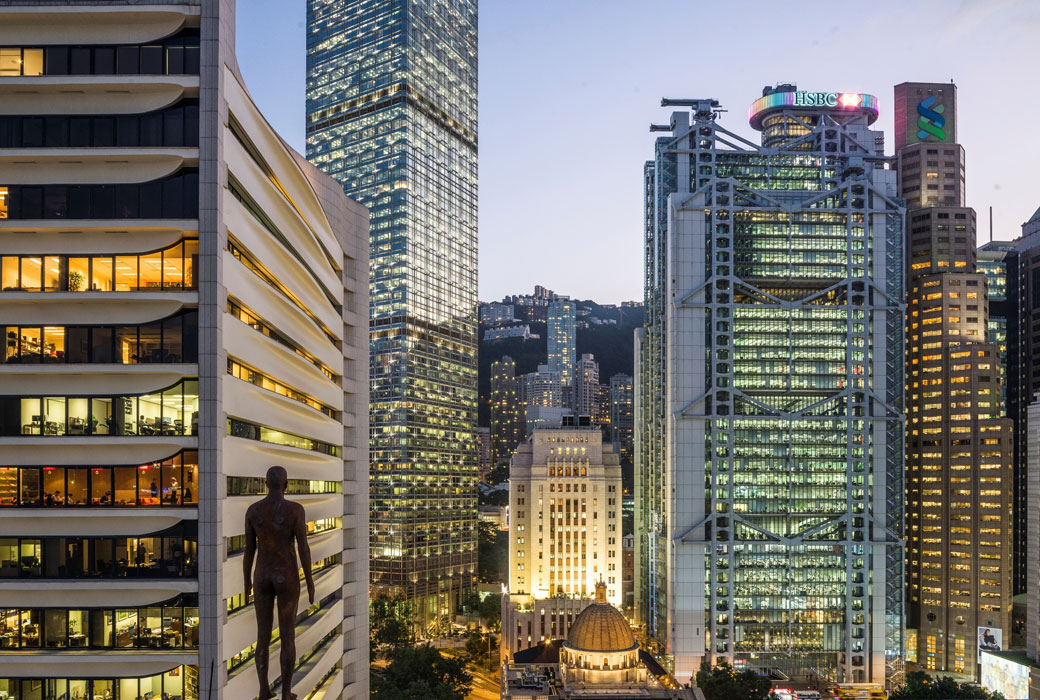Isolated against the sky, these dark figures look out into space at large asking: Where does the human project fit in the scheme of things? In an age in which over 50 per cent of the human population of the planet lives in cities, this installation questions how this built world relates to an inherited earth.
The sculptures are not statues. As indexical copies of my body they are the registration of a particular time of a particular body which, in their displacement of air, indicate the space of "any" body; a human space within space at large.
During the installation of EVENT HORIZON, it was great to see an individual or groups of people pointing at the horizon. This transfer of the stillness of sculpture to the stillness of an observer is exciting to me: reflexivity becoming shared. The conceit in all this is that in observing the works dispersed over the city viewers will discover that they are the centre of a concentrated field of silent witnesses; they are surrounded by art that is looking out at space and perhaps also at them. In that time the flow of daily life is momentarily stilled.
EVENT HORIZON hopes to activate the skyline in order to encourage people to look around. In this process of looking and finding, or looking and seeking, one perhaps re-assesses one's own position in the world and becomes aware of one's status of embedment.
Within the condensed environment of a city's topography, the level of tension between the palpable, the perceivable and the imaginable is heightened because of the density and scale of the buildings. The field of the installation has no defining boundary. The sculptures act as spatial acupuncture. They enter in and out of visibility and present to people on the street a sequence of prospects with different sculptures coming into view. One of the implications of EVENT HORIZON is that people will have to entertain an uncertainty about the work's scope: about the spread and number of figures. Beyond those that you can actually see, how many more remain out of sight?

